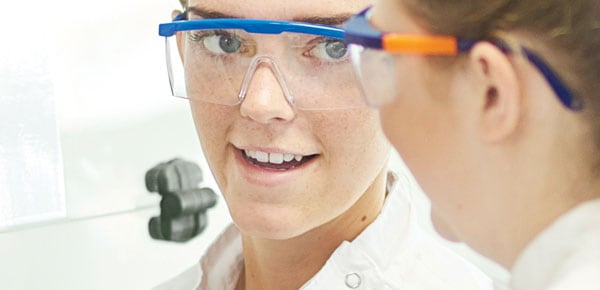


















This year ESHG is celebrating it's 50th anniversary in beautiful Copenhagen! Come and meet us at booths 540 and 542 and find out how our solutions are helping to unlock the complexities of liquid biopsy, clinical oncology, hereditary disease, microbial genomics and more.
We're also hosting a lunchtime Corporate Satellite Meeting on Sunday, May 28 where lunch boxes are provided. Here's the schedule:
Using seamlessly integrated preanalytical, next-generation sequencing and bioinformatics solutions, and leveraging expertise in translational and clinical research to refine our understanding of human genetics and diseases
Time: 11.15 a.m. – 12.50 p.m.
Room: Berlin
Chair: Anja Wild and Phoebe Loh, QIAGEN, Hilden
11.15 a.m. – 11.20 a.m.
Welcome
11.20 a.m. – 11.50 a.m.
Molecular analysis of thyroid nodules – detection of gene mutations and fusion genes by DNA/RNA sequencing
Dr. Egbert Schulze, Molecular Genetics Laboratory, Heidelberg, Germany
11.50 a.m. – 12.15 p.m.
Circulating Cell Free DNA Pre-Analytics: Importance of ccfDNA Stabilization and Extraction for Liquid Biopsy Applications
Dr. Dominic O’Neil, QIAGEN, Hilden, Germany
12.15 p.m. – 12.45 p.m.
Leveraging Unique Molecular Indices to improve low-frequency variant estimation and calling in QIASeq v3 panels
Bjarni Vilhjalmsson, QIAGEN, Aarhus, Denmark
12.45 p.m. – 12.50 p.m.
Closing
As usual, we've prepared some poster presentations covering the latest enhancements to various application areas:
Electronic-poster number: E-P16.13
Presenter: Stuart Tugendreich, Principal Scientist, QIAGEN Bioinformatics
Title: Integrative approach to biomarker discovery by performing comparative analysis of two cancers Hepatocellular carcinoma and Endometrioid endometrial carcinoma using genetics and transcriptomics from RNA sequencing data.
Poster number: P14.049A
When: 10.15 a.m. - 11.15 a.m., Sunday, May 28
Presenter: Rupert Yip, Director of Global Product Management, Genetic Disease, QIAGEN Bioinformatics
Title: Prioritizing causal variants for rare, inherited syndromes, using patient phenotypes
We look forward to seeing as many of you there as possible.
Vi ses!